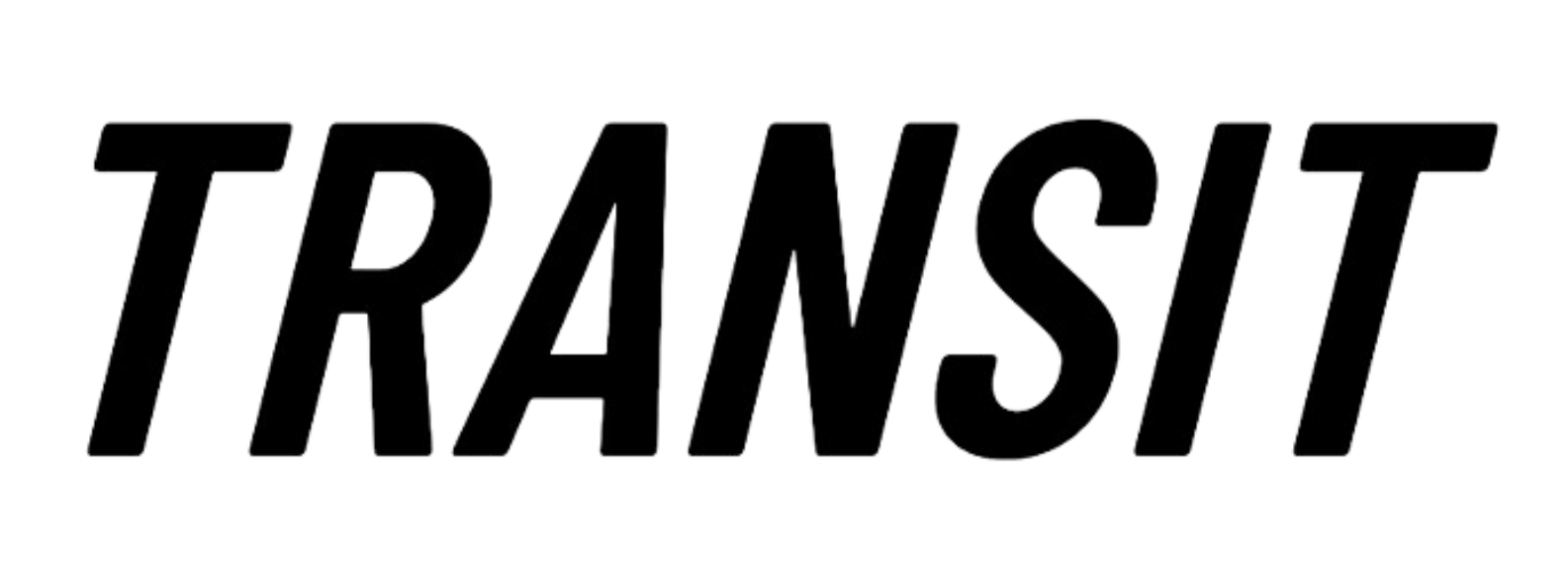
Submissions and Inquiries
To submit to TRANSIT Journal, find information on our current CfP here. Please electronically submit via eScholarship portal, and send all inquiries to transitjournal@berkeley.edu, CC the current managing editors. We never charge for article submission or publication. For more information on formatting your manuscript, please see our stylesheet. For more information on what TRANSIT publishes, please see the past issues and the FAQ. As an attachment to your e-mail, please include 2 documents:
- An abstract of 400 words or less; 5-10 keywords for your article;
- The article in native document format, preferably Microsoft Word.
- Please DO NOT include any identifying information in these documents, as articles are subject to a blind review process.
In the body of your e-mail, please make sure to mention:
- Your name and affiliation;
- That the article is not currently being considered for publication elsewhere.
If you would like to submit a translation, please make sure to obtain the necessary copyright permissions. We will not review translations before permissions have been given by the editor and/or author. If your translation is accepted, you will be asked to write a Translator’s Introduction of 250-750 words, in which you delineate your positionality as a translator, context of the piece, and stylistic choices. Please refer to TRANSIT‘s past published translations for examples of translator’s introductions. While TRANSIT‘s editorial board will offer feedback on your translation, you are expected to submit a translation that has already been polished and workshopped by your colleagues and mentor(s).
Stylesheet
TRANSIT is currently transitioning to Chicago Manual of Style 17th Edition starting with volume 15 issue 1. Previously, we adhered to the Modern Language Association (MLA) style. As we transition to Chicago Style, as well as the particular considerations that come with online publication, some specifics are addressed below or can be discussed via email. Please adhere as closely as possible to the formatting guidelines supplied. Authors are expected to be their own copyeditors. This means that authors need to pay attention to the editing and formatting of their manuscripts. While we do proofread articles and check for compliance, we strongly encourage authors to submit articles that have been carefully proofread and formatted and are prepared for publication. Please refer to this link for more details on Chicago 17.
Formatting Requirements
- Write your article in English or German.
- Submit your manuscript, including tables, figures, appendices, etc., as a single file (Doc, Docx, or RTF files are accepted).
- Page size should be 8.5 x 11 inches
- All margins (left, right, top and bottom) should be 1 inch (2.5 cm)
- Double-space your text
- Use a single column layout with both left and right margins justified
- Font size for the body of the text should be 12 point for main body text and 10 points for footnotes. Times New Roman is preferred
- Include a bibliography
- Chicago 17 is the default format in TRANSIT
- Obtain any necessary copyright permissions for pictures and videos
- Copyedit your manuscript
- Use the following document structure (remember, there is no title page):
- Introduction (titling this section is optional)
- Subsequent sections, including all tables, figures, and footnotes referenced in the text
- Appendices (if any)
- Works Cited
Additional Recommendations
Article Length: We prefer articles between 15-25 pages (4000-6000 words) including footnotes/endnotes. As this journal publishes electronically, we will consider exceptional scholarship that is of greater length, but please remember to adhere to a concise, journal-appropriate style. Indenting, Line Spacing, and Justification: Indent all paragraphs except those following a section heading. An indent should be at least 2 em-spaces. Do not insert an extra space between paragraphs of text with the exception of long quotations, theorems, propositions, special remarks, etc. These should be set off from the surrounding text by additional space above and below. All text should be justified. Colored text: Set the font color to black for the majority of the text. We encourage authors to take advantage of the ability to use color in the production of figures, maps, etc.; however, you need to appreciate that this will cause some of your readers problems when they print the document on a black-and-white printer. For this reason, you are advised to avoid the use of colors in situations where their translation to black and white would render the material illegible or incomprehensible. Emphasized text: Whenever possible use italics to indicate text you wish to emphasize rather than underlining it. The use of color to emphasize text is discouraged. Font faces: Except, possibly, where special symbols are needed, use a single serif font (e.g., Times New Roman). If you desire a second font, for instance for headings, use a sans serif font (e.g., Arial or Computer Modern Sans Serif). Font size: The main body of text should be set at 12 point. Footnotes should be 10 pt. Foreign terms: Foreign terms should be set in italics rather than underlined. Headings: Headings (e.g., start of sections) should be distinguished from the main body text by their fonts or by using small caps. Use the same font face for all headings and indicate the hierarchy by reducing the font size. Main text: The font for the main body of text must be black and, if at all possible, in a serif font such as Times New Roman. Works Cited: The default style for referencing resources used either directly or indirectly in work published in TRANSIT is the Chicago Manual of Style. English translations (in addition to the original text) are encouraged. Titles: Whenever possible, titles of books, movies, etc., should be set in italics rather than underlined.
